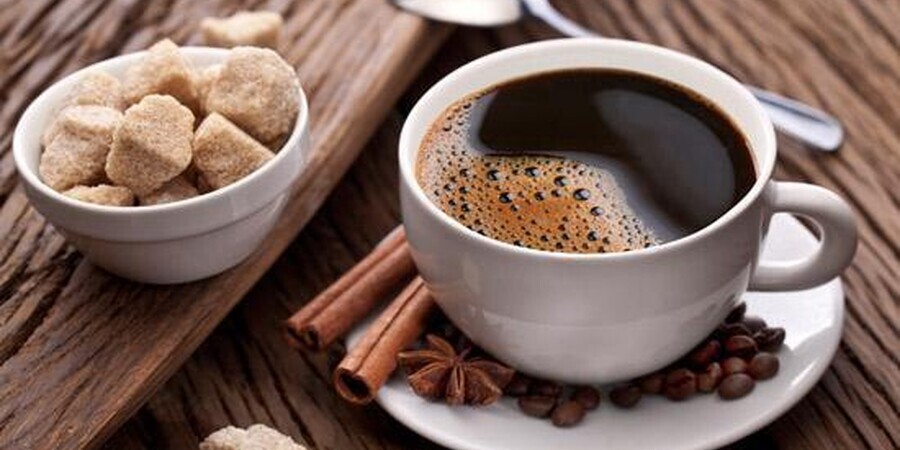In the early ‘80s, coffee flavor choices were minimal and less-than-desirable to consumers. There was amaretto, Irish cream, brandy, vanilla and chocolate flavored coffees sold in small quantities to local specialty roasters. The aroma to these early flavored coffees was slightly “medicinal.” The taste of flavored coffees was not all that enjoyable.
[%snippet coffee%]
When nut flavors were introduced in the mid-to-late ‘80s, things changed. Flavors like hazelnut, vanilla nut, nut cream, southern pecan emerged. These new flavors offered sweet, creamy and of great importance aromatic alternatives. This introduction of nut flavors and other flavors with sweet and creamy profiles began to contribute to the overall success of flavored coffees in the specialty industry. The flavors attracted new customers for retailers. Flavors gave small regional roasters within the burgeoning specialty coffee industry a special competitive edge over larger roasters who did not offer flavored coffees. Small coffee shops as well began to brew and sell hot and cold variations of flavored coffees to help give themselves a competitive edge. The sweet, creamy and aromatic coffee beverages seem to attract a consumer who did not like the regular brewed coffee, but still wanted to be part of the “gang” of those who went to the coffee house for socialization and coffee.
By 1988 top sellers on the flavored coffee market were:
•Hazelnut
•Vanilla
•Chocolate
•Amaretto
•Irish crème
Currently, top sellers are similar to those in the ‘80s and include:
•Vanilla
•Chocolate
•Hazelnut
•Irish crème
Caramel is popular in the U.S. and Amaretto sells well in Europe. According to Colleen Roberts, director of sales at Flavor Dynamics, Hazelnut, Vanilla and Irish Crème continue to hold their position as the most popular flavors in the flavored coffee industry. Some flavored coffee retailers offer the top three and select flavor profiles that might represent the season, such as, chocolates in the first quarter and spice flavors in throughout the fall.
If a roaster wants to limit the number of flavorings bought, be sure to purchase the top five flavors. Flavor and Fragrance Specialties’ top five coffee flavors represent a combination of the traditional and new, hazelnut, vanilla-french vanilla, vanilla nut cream, pumpkin spice and blueberry cobbler.
Simple application methods make it possible for any small roaster/retailer to inexpensively begin flavoring coffees. The process can start with a small drum mixer similar to a cement mixer. Line the mixer to avoid cross contamination (of the flavors). If proper precautions are taken, contamination of green beans should not be a problem for the small roaster/retailer. The cost of flavoring is about 25-50 cents/lb.
Pricing of flavors in the flavored coffee industry has become very competitive as more and more flavor houses offer this type of product, which gives the roaster/retailer a greater opportunity to shop and compare quality and pricing. The roaster/retailer should know their regional flavor profiles and demographics to select the best options from a flavor listing. Some flavors are more popular in specific regions.
Vanilla and hazelnut flavored coffees have been favorites with consumers for decades. These flavors continue to appear year in and year out on supermarket shelves.
In the ‘90s, Starbucks educated the American consumer about coffee beverages with a written and illustrated guide to the differences between lattes, cappuccinos, espresso, etc. It was a simple, well-written piece that enabled almost anyone to walk into Starbucks, order whatever they chose, and know what it actually was they were ordering. Consumers could also order a shot of flavored syrup to cover the taste of the coffee, which made the dairy-based beverage sweeter. The consumer could learn how to pronounce what they were ordering without embarrassment.
Today, Starbucks is on almost every corner. A new one just appeared in my immediate area. Flavored coffees are an everyday staple for supermarkets and convenience stores all over the nation.


